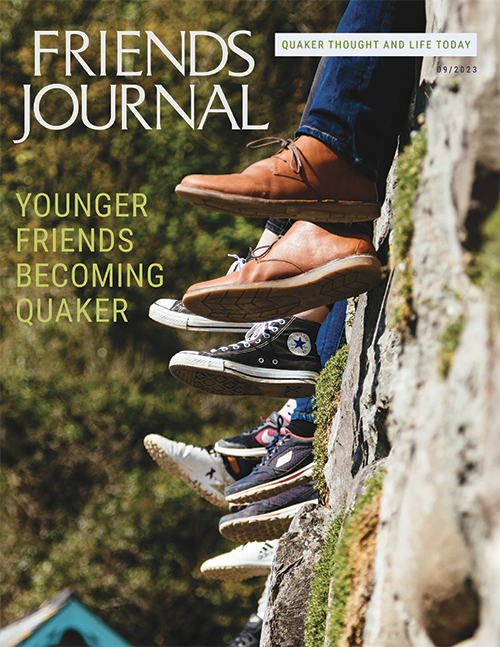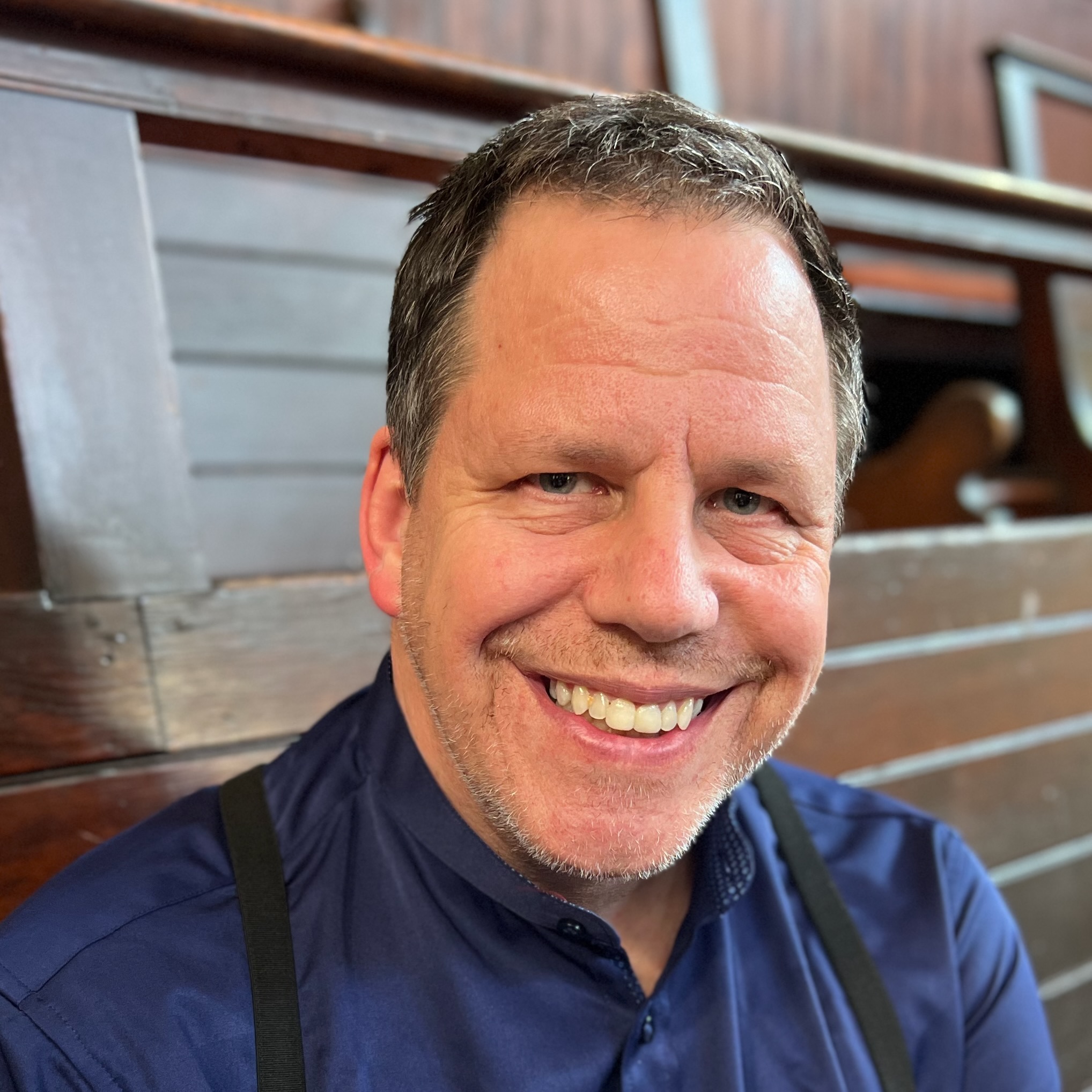Back when I was a 20-something somewhat-Friend in the mid-’90s, I would periodically drop in on the nearest meetinghouse to see if there was anyone around my age. I enjoyed the vocal ministry and coffee-hour chats with older Friends, of course, but it was a period in my life in which I was searching for a like-minded age cohort for friendship and socialization. There were rarely any other 20-somethings until one day I arrived to find three, one of whom invited me to an upcoming outing. I came back the next week, then the next, and it seemed as if we pulled in new visitors every Sunday. Eventually there’d be more than 20 of us out to nearby bagel joints or Chinatown restaurants to chat away the early afternoon.
There was a lesson for me in this: sometimes there’s potential waiting for a catalyst. Many Friends meetings worry about declining numbers or a graying population, but what if there are isolated seekers in ones and twos just waiting for us to provide a bit of attention and support?
Friends in Indianapolis, Ind., have found themselves in just this situation. In “They Are Watching” in this issue, pastor Robert Henry explains how one positive aspect of the pandemic’s turn to Zoom worship meant that First Friends Meeting was suddenly very visible and public online. As in-person worship returned, a cohort of younger visitors—many with families in tow—started showing up. The meeting chose to embrace these seekers, starting new introductory classes, providing more consistent childcare, and even planning care and community events for the newcomers in other parts of the week.
What else could younger Friends be seeking? The rest of this issue’s print and online articles are snapshots of what are drawing people into and out of our fellowship. Olivia Chalkley wishes there were a bit more shared beliefs and passions she could “grab hold” of. Sophia Williams is drawn in by the example of her grandparents’ quiet Quaker lives. Madison Rose is looking to cultivate community and asks us to invest in the kind of nurturing programs that brought her into Friends. Annie Bingham writes of longing to combine the “pliable softness” of their generation with the accumulated traditions of Friends.
As Indianapolis Friends found, accommodating a new generation of visitors will require us to rethink our priorities and habits.
A few weeks ago, a young man walked into our meetinghouse. An advantage of a smaller meeting is that any newcomer is instantly noticeable. We all waved hello; some of us sitting nearby shared our names and a handshake. At the rise of worship, our clerk asked if he wanted to share more about himself. Just out of college, our visitor had grown up in Baptist church but was now exploring more theologically open Christian denominations. A professor suggested he check out Friends. Google quickly got him to Friends Publishing’s QuakerSpeak videos, which he devoured; a search for nearby Quakers turned up our meeting website.
People are still curious about us. They’re still visiting. Let’s reach out our hands, welcome them, and find out what spiritual journey brought them to us.





Comments on Friendsjournal.org may be used in the Forum of the print magazine and may be edited for length and clarity.